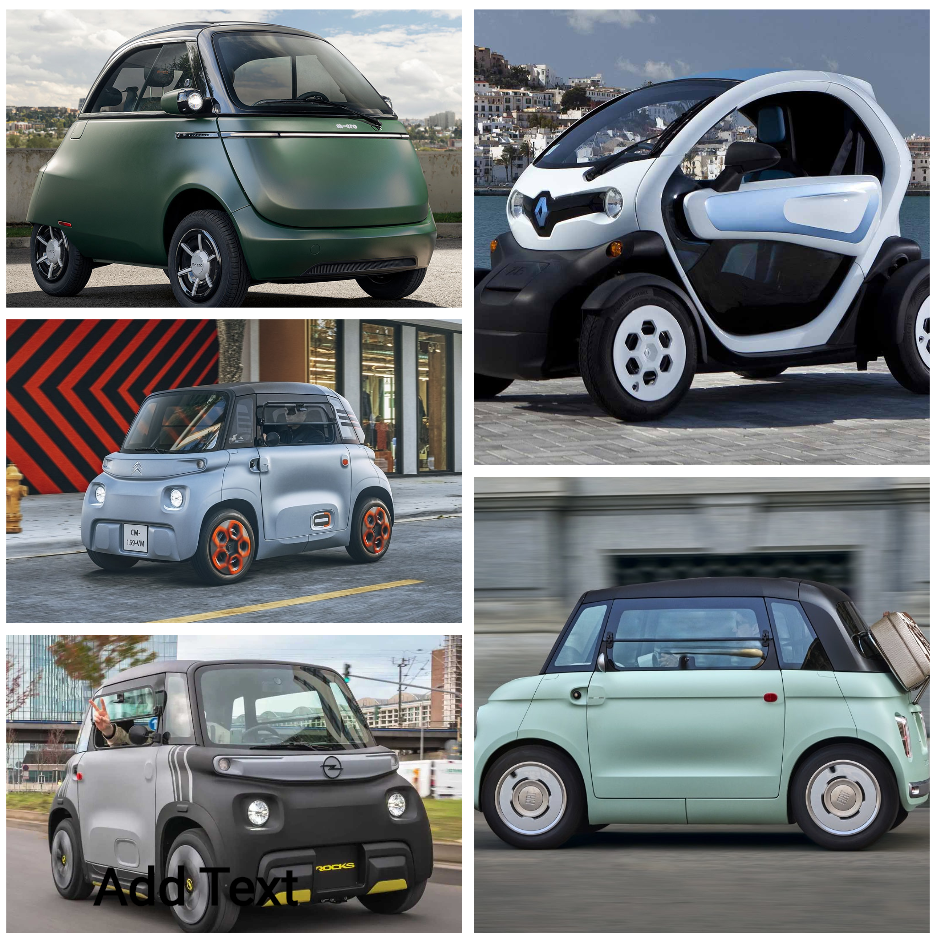Fuck Cars
A place to discuss problems of car centric infrastructure or how it hurts us all. Let's explore the bad world of Cars!
Rules
1. Be Civil
You may not agree on ideas, but please do not be needlessly rude or insulting to other people in this community.
2. No hate speech
Don't discriminate or disparage people on the basis of sex, gender, race, ethnicity, nationality, religion, or sexuality.
3. Don't harass people
Don't follow people you disagree with into multiple threads or into PMs to insult, disparage, or otherwise attack them. And certainly don't doxx any non-public figures.
4. Stay on topic
This community is about cars, their externalities in society, car-dependency, and solutions to these.
5. No reposts
Do not repost content that has already been posted in this community.
Moderator discretion will be used to judge reports with regard to the above rules.
Posting Guidelines
In the absence of a flair system on lemmy yet, let’s try to make it easier to scan through posts by type in here by using tags:
- [meta] for discussions/suggestions about this community itself
- [article] for news articles
- [blog] for any blog-style content
- [video] for video resources
- [academic] for academic studies and sources
- [discussion] for text post questions, rants, and/or discussions
- [meme] for memes
- [image] for any non-meme images
- [misc] for anything that doesn’t fall cleanly into any of the other categories
Recommended communities:
view the rest of the comments

Why would you only put expensive European brands here? There are Chinese cars like this for 5000€ that have sold millions in China.
Are Chinese vehicles up to European safety standards? Could you share the characteristics of the vehicles you are referring to?
Euro NCAP (European New Car Assessment Programme) is an independent organization that evaluates the safety of new cars in Europe. Here are some key aspects of the vehicles they assess:
Crashworthiness:
Safety Assist Technologies:
Pedestrian and Vulnerable Road User Protection:
Rescue and Extrication:
Child Occupant Protection:
Driver and Passenger Protection:
Post-Crash Safety:
These characteristics highlight the comprehensive approach Euro NCAP takes to evaluate the safety of vehicles sold in Europe.
Pretending that the EU cares about the safety of people in the first instance is laughable, most of these tests are performed at high speed crashes which you wouldn't expect to have in the type of trips that a tiny EV with an autonomy of 170km would perform.
If these were priorities, SUVs would be forbidden instead of promoted in Europe. They have lower visibility, they hit people higher up in their body which increases damage, they're heavier so the occupants of the vehicles they crash against are hurt more severely because of conservation of linear momentum, and they consume more fossil fuels so they increase pollution and global warming. How well a vehicle will handle an impact against a pole at 100km/h isn't relevant to me.
And how well do second-hand, comparably-priced cars in the used market perform in these tests? Because it's pointless to compare 5000€ vehicles to 20.000€ vehicles in terms of that.